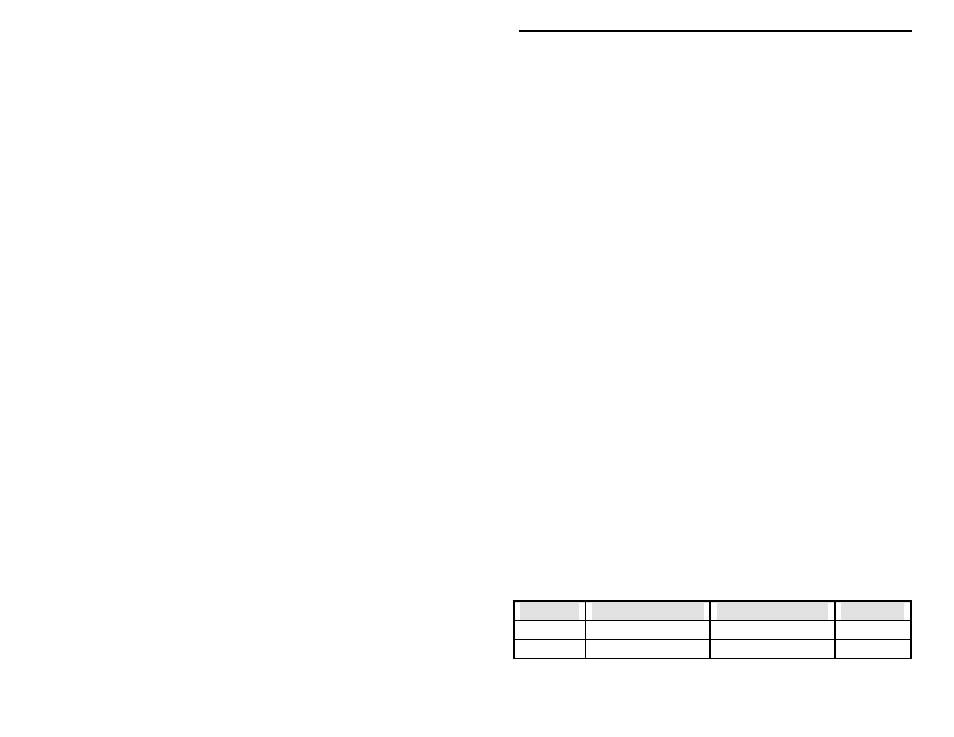Vectronics VEC-101K User Manual
Page 16

VEC-101K Owner's Manual
Shortwave Converter Kit
14
alignment, a communications receiver or car radio will be needed. The receiver
must be shielded, and one that requires an external antenna for reception.
Alignment consists of adjusting capacitors C10 and C12 for the highest
frequency band, and capacitors C11 and C13 for the lowest frequency band.
Capacitors C10 and C11 are part of the input tuning, and are set for best
sensitivity. Capacitors C12 and C13 set the Local Oscillator frequency for the
shortwave converter mixer.
Because we are using a tunable IF (a receiver covering 540 to 1600 kHz), the
Local Oscillator should be set for Low Side injection. Using high side injection
would result in the bands being tuned “backwards” across the dial. Let’s look at
an example and see what needs to be done.
Let’s assume we want the converter to cover the 41-Meter and 25-Meter
Shortwave broadcast bands. 41 Meters spans 7.100 to 7.300 MHz. We’ll begin
with the 41-Meter band alignment. Since this is the lowest frequency band, we
will be adjusting capacitors C11 and C13. (L2 and L4 both should be 10-uH
molded chokes.)
The tunable receiver starts at 540 kHz. If we have the 41-Meter band start at this
point, a dial reading of 540 kHz would equate to a receive frequency of 7.100
MHz. This is confusing, as there is no relationship between the two frequencies.
Instead, let’s set the Local Oscillator so dial reading of 1100 kHz (1.100 MHz)
corresponds to the beginning of the 41 Meter band at 7.100 MHz. A dial read of
1300 kHz would correspond to 7300 kHz (7.300 MHz), the upper frequency of
the 41-Meter band. . The correlation between the radio dial and the actual
receive frequency is easily understood. Except for 31 and 13 Meters, most of
the bands can be set to align with the AM broadcast band dial scale readings.
31-Meters begins at 9.500 MHz. This could equate to an IF. at 500 kHz (below
the tuning range of the radio) or 1500 kHz. Using 1500 kHz would require that
the radio tune to 1900 kHz, again out of range. Using 500 kHz would lose
coverage of the lower 40 kHz of the 31-Meter band, not too bad of a
compromise if dial correlation is important.
Worldwide Shortwave AM broadcast bands
Band
Frequencies
Tuning range
LO setting
75 Meters
3.900 to 4.000 MHz
900kHz to 1000kHz
3.000 MHz
49 Meters
5.950 to 6.200 MHz
950kHz to 1200kHz
5.000 MHz
